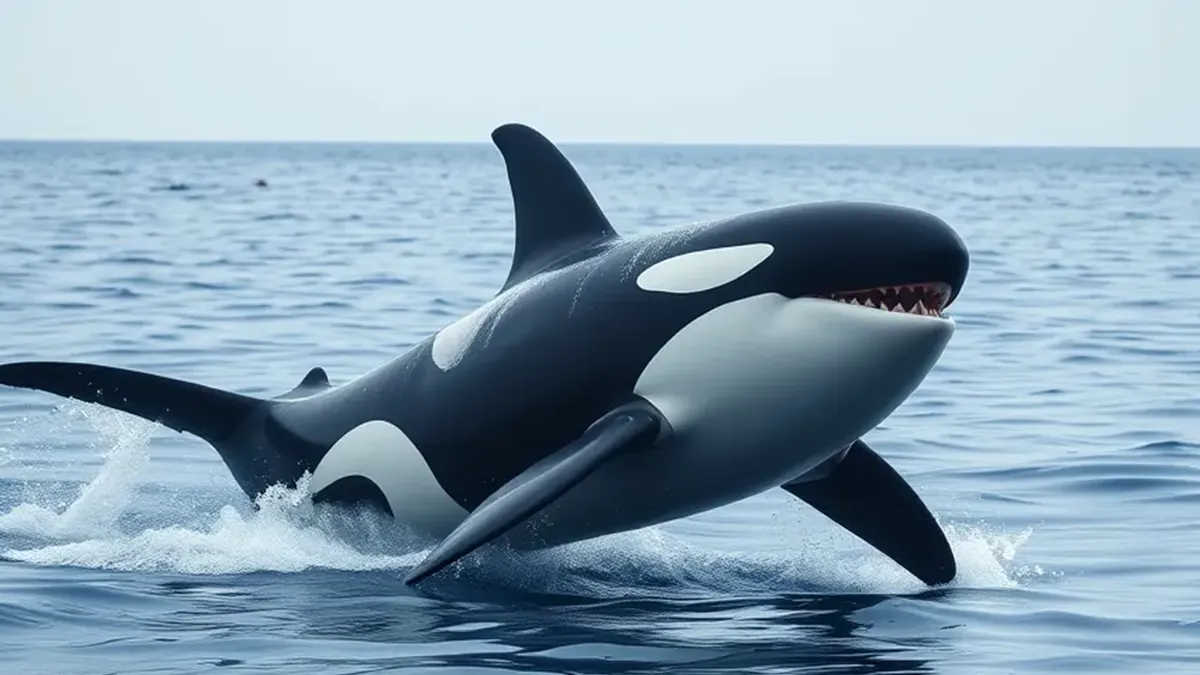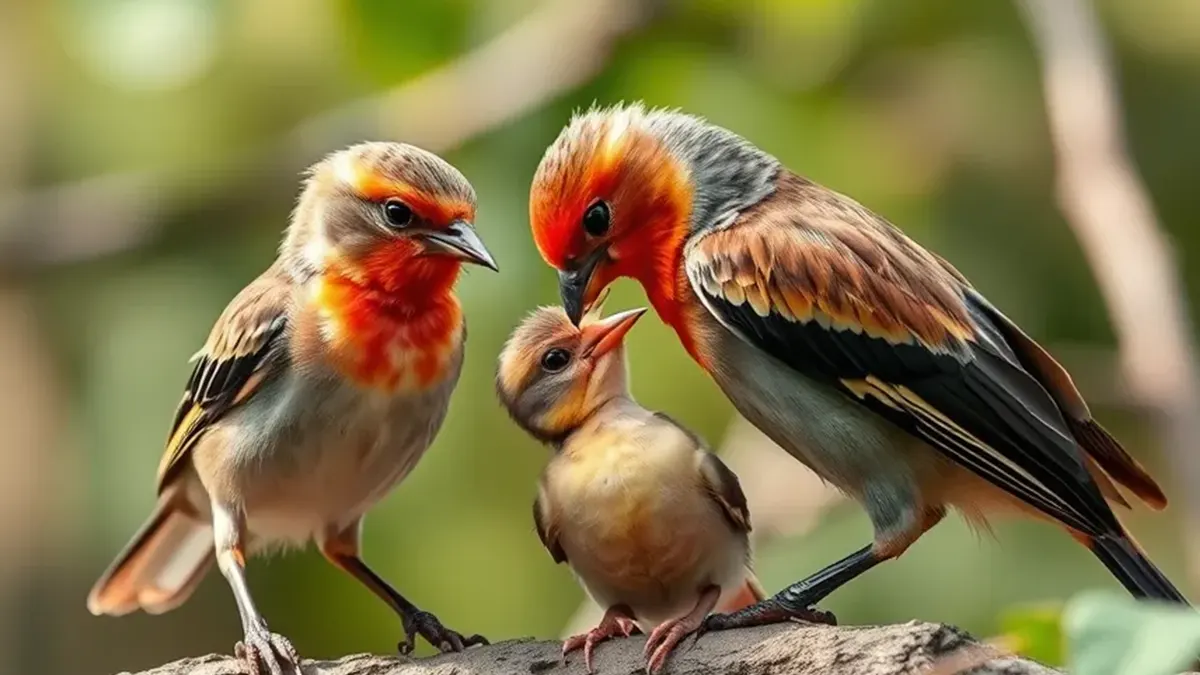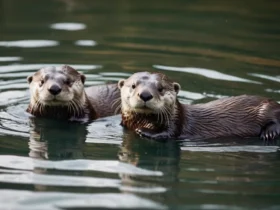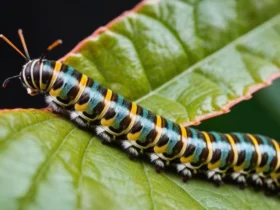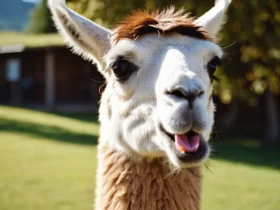Bird reproduction is a complex and intriguing subject that often sparks curiosity among bird lovers, biologists, and even casual observers of nature. Unlike mammals, birds don’t “give birth” in the traditional sense, but they do have their own unique way of bringing new life into the world. In this article, we’ll dive deep into how birds reproduce, from mating rituals to egg-laying and chick development, while addressing some common questions and misconceptions about bird reproduction.
Table of Contents
1. Introduction to Bird Reproduction
Bird reproduction is quite different from that of mammals. Instead of carrying live young, most birds lay eggs, which are incubated outside the mother’s body. But the journey from fertilization to hatching is full of fascinating details that showcase the incredible adaptability of avian species.
2. The Mating Rituals of Birds
Birds have developed a variety of intricate mating rituals to attract a mate. These rituals can range from elaborate dances to building nests or displaying vibrant plumage. These courtship behaviors are crucial for successful reproduction, as they often signal health, strength, and genetic suitability to potential partners.
Courtship Displays
Many species of birds engage in dazzling displays of feathers, such as the peacock spreading its tail, or the bowerbird constructing elaborate nest-like structures adorned with shiny objects. These displays are designed to impress the female and demonstrate the male’s fitness.
Vocalizations
Birdsong is another critical part of the mating process. Males often sing to stake out territory and attract females. Some species can even mimic other sounds to enhance their appeal.
3. How Birds Produce Eggs
Once a mate is selected, fertilization occurs. In birds, fertilization happens internally, after which the female’s reproductive system begins the process of producing eggs.
The Oviduct Process
Eggs are produced in a bird’s ovaries and travel through the oviduct, where they are fertilized and encased in protective layers, including the hard shell. The speed of this process varies depending on the bird species.
4. The Egg-Laying Process
After the eggs are fully developed, the female bird lays them in a nest, which can be anything from a hole in a tree to a carefully constructed collection of twigs and leaves. Nesting sites are often chosen to protect the eggs from predators and harsh environmental conditions.
How Many Eggs Do Birds Lay?
The number of eggs laid varies greatly by species. Some birds, like penguins, only lay one or two eggs at a time, while others, such as ducks, can lay up to 15.
5. Incubation and Caring for Eggs
Once the eggs are laid, incubation begins. This process keeps the eggs warm so that the embryos inside can develop properly. In most bird species, one or both parents will take turns sitting on the eggs to maintain a steady temperature.
How Long Does Incubation Last?
The incubation period can last anywhere from 11 days (as with some small songbirds) to over 80 days (as with the albatross). This period is critical, as the eggs need consistent warmth for successful development.
6. Hatching: How Baby Birds Come into the World
Hatching is the final step in a bird’s reproductive cycle. After weeks of careful incubation, the chicks inside the eggs begin to break through the shell in a process called “pipping.”
How Do Chicks Hatch?
Birds are born with an egg tooth, a small, temporary structure on their beak that helps them break the shell. The process of hatching can take hours or even days, depending on the species.
7. Common Questions About Bird Reproduction
Do birds give live birth?
No, birds lay eggs, which are then incubated outside of their bodies until they hatch.
How do baby birds get out of the egg?
Baby birds use their egg tooth to crack the shell and slowly work their way out.
Why do some birds lay only one egg while others lay many?
The number of eggs laid depends on the bird’s species, survival strategy, and environmental factors.
8. Conclusion
Bird reproduction is a fascinating process that differs significantly from mammalian reproduction. From elaborate mating displays to the intricacies of egg production and incubation, every stage is vital to the survival of the species. By understanding how birds reproduce, we gain a greater appreciation for the diversity of life and the unique strategies employed by different species to ensure the continuation of their lineage.



